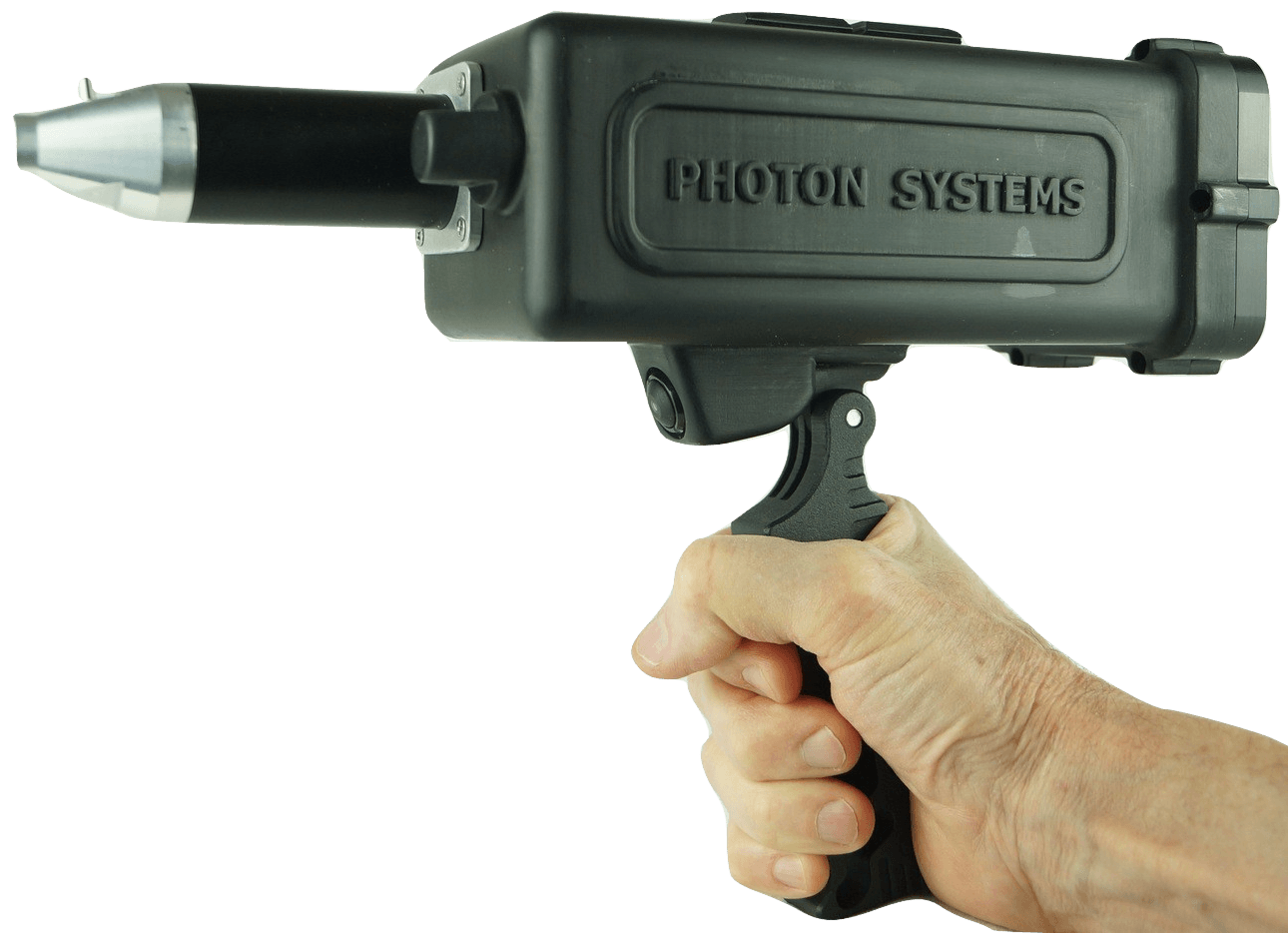According to the Pew Initiative and the Safe Foods Coalition, food-borne illness has an estimated cost of over $150 billion each year. Other studies show higher figures, up to $1.4 trillion annually. Food-borne illness is clearly an expensive problem that is impacted by the food equipment cleaning validation techniques employed.
Poor plant and equipment sanitation has been ranked as one of the top five food safety problems, which correlates food safety and good sanitation.
It is the role of the food industry to produce products that are safe for consumption. Biological, chemical and physical cleanliness is an absolute requirement for food safety. Hazards that can contaminate food include previously manufactured products and their ingredients (which may include allergens), microorganisms and their toxins, lubricants and residues from disinfection and cleaning. Ancillary and process equipment needs effective and regular cleaning to ensure the control of these hazards and prevent contamination of our food supply.
Traditional methods of food equipment cleaning validation include microbial assays and visual inspection. However, these techniques have limitations. Microbial analysis usually requires at least two days to complete, and there are many types of microorganisms that cannot be detected by common analysis such as aerobic plate count (APC). Visual inspection only detects gross levels of residues that are visible to the naked eye and not trace residue levels.
Using deep UV fluorescence techniques, Photon Systems handheld detectors are capable of detecting trace organic residues as low as pg/cm2 and biological contamination less than hundreds of cells or spores. Contact us today to learn how these unique instruments can be used for food equipment cleaning validation.

Key Issues
Simple
Food equipment cleaning validation tools must be easy to use.
Real Time
Validation results are required in real time without waiting.
Documentation
Food equipment cleaning validation results must be easily documented.
TraC
Rapid Cleaning Verification with the TraC Trace Chemical Detector. Highly selective and sensitive real time optical scanning.
TUCS 1000
TUCS 1000 is a handheld instrument for providing detection of laser based detection of trace chemical in the fg amount or pg/cm² concentration range using deep UV fluorescence with excitation at 224.3 nm or 248.6 nm.
ChemCal
A trace chemical detector like the TraC is acceptable for P.A.T. and many other applications only if you can accurately calibrate its performance and generate reproducible chemical concentration curves. That is why we created the ChemCal.
Get In Touch
Keep informed about the latest deep UV developments at Photon Systems by joining our mailing list.
ADDRESS
1512 Industrial Park St. Covina, CA 91722-3417
PHONE
626 967-6431



